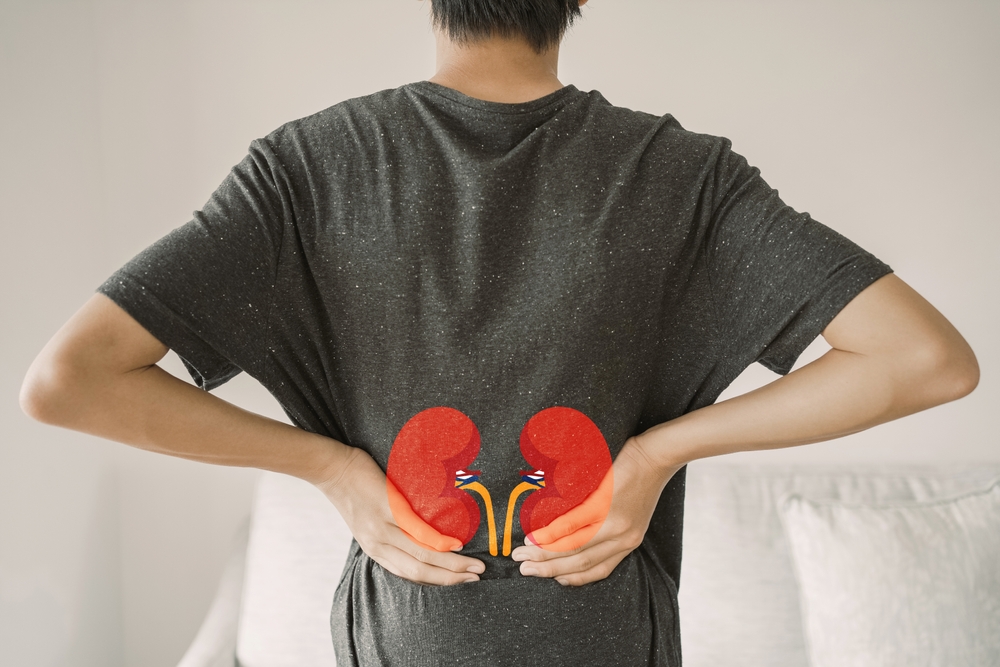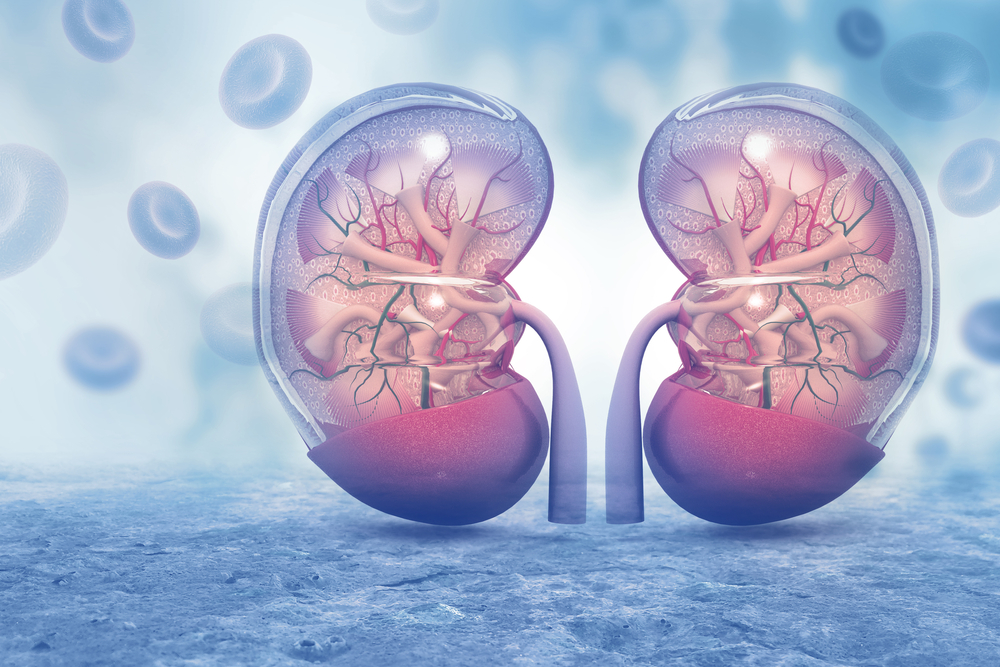Cardiovascular-kidney-metabolic (CKM) syndrome links metabolic disorders like obesity and diabetes, chronic kidney disease (CKD), and cardiovascular health, leading to increased mortality, morbidity, and healthcare costs. While its prevalence indicates a public health crisis, advancements in treatment have improved outcomes. Yet, further enhancement of CKM health outcomes requires a structured approach, including clear syndrome definition, a robust management framework, and enhanced risk prediction and treatment strategies.
Clinically, CKM syndrome manifests as cardiorenal and cardiometabolic conditions, where organ dysfunctions exacerbate each other, such as kidney issues worsening heart health. This is further complicated by adipose tissue dysfunction, which increases inflammation and insulin resistance, elevating cardiovascular risks. Management should integrate these interconnected conditions, focusing on comprehensive screening like albuminuria and implementing holistic treatments to slow kidney progression and reduce cardiovascular risks, effectively spanning the CKM conditions spectrum.
Reference: Ndumele CE, Rangaswami J, Chow SL, et al. Cardiovascular-Kidney-Metabolic Health: A Presidential Advisory From the American Heart Association. Circulation. 2023 Nov 14;148(20):1606-1635. doi: 10.1161/CIR.0000000000001184. Epub 2023 Oct 9. Erratum in: Circulation. 2024 Mar 26;149(13):e1023. PMID: 37807924.








